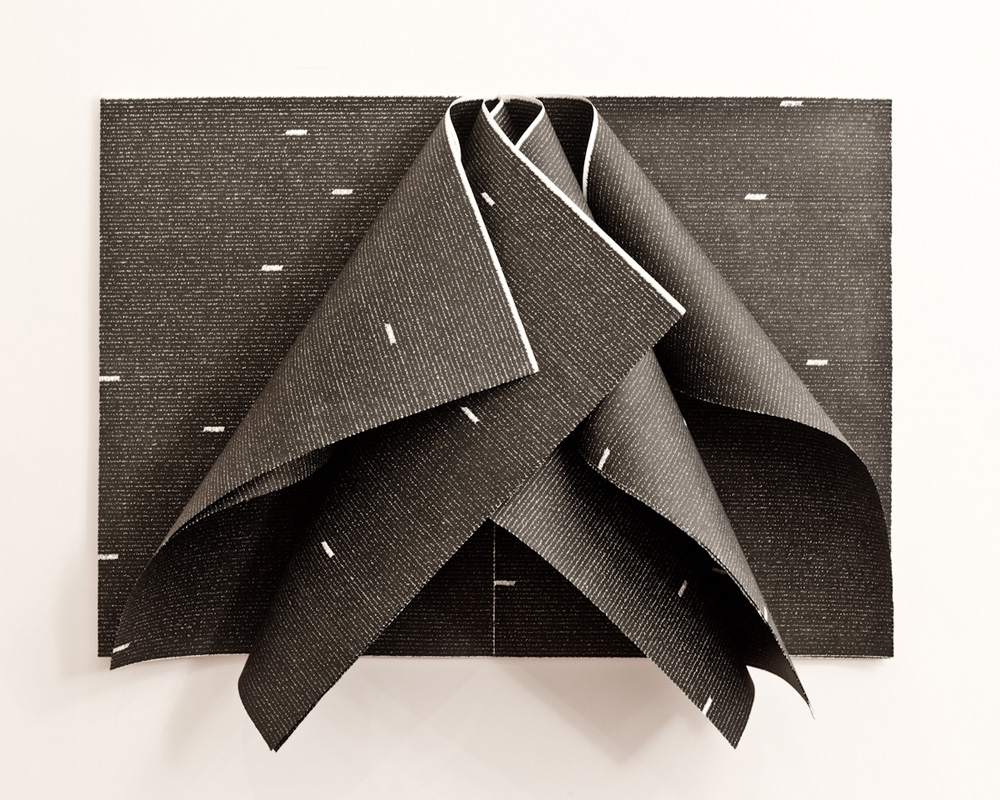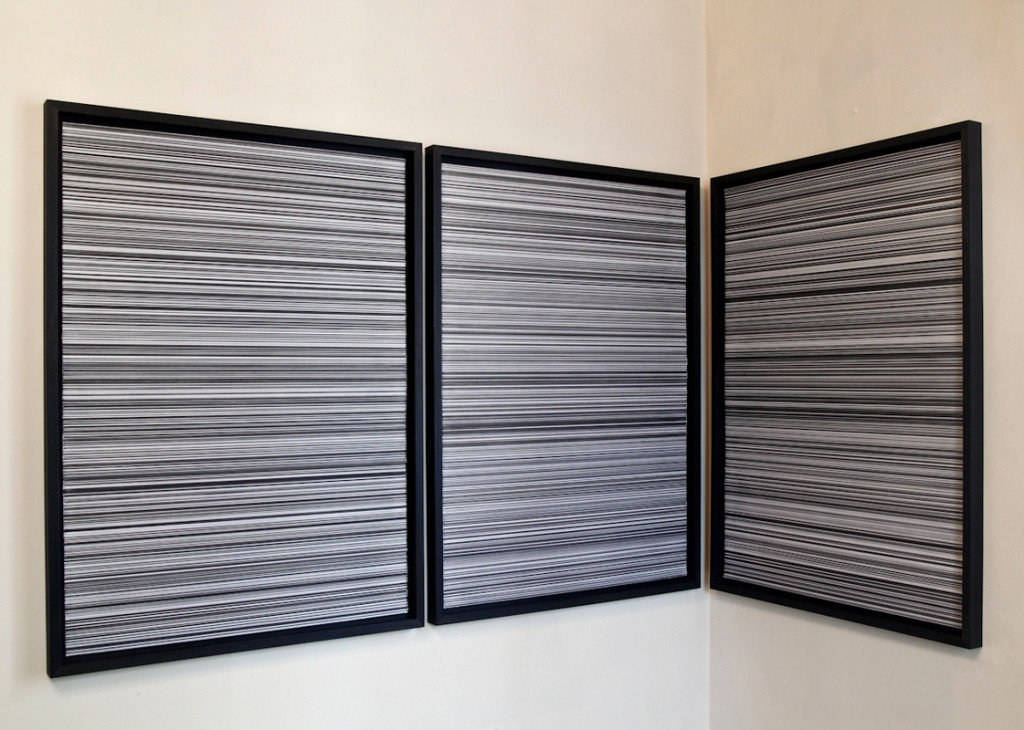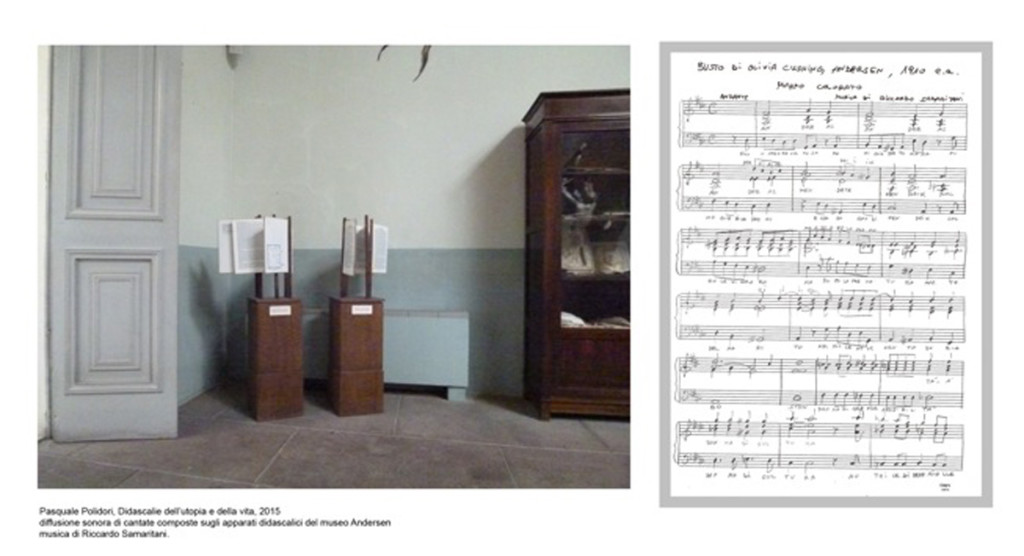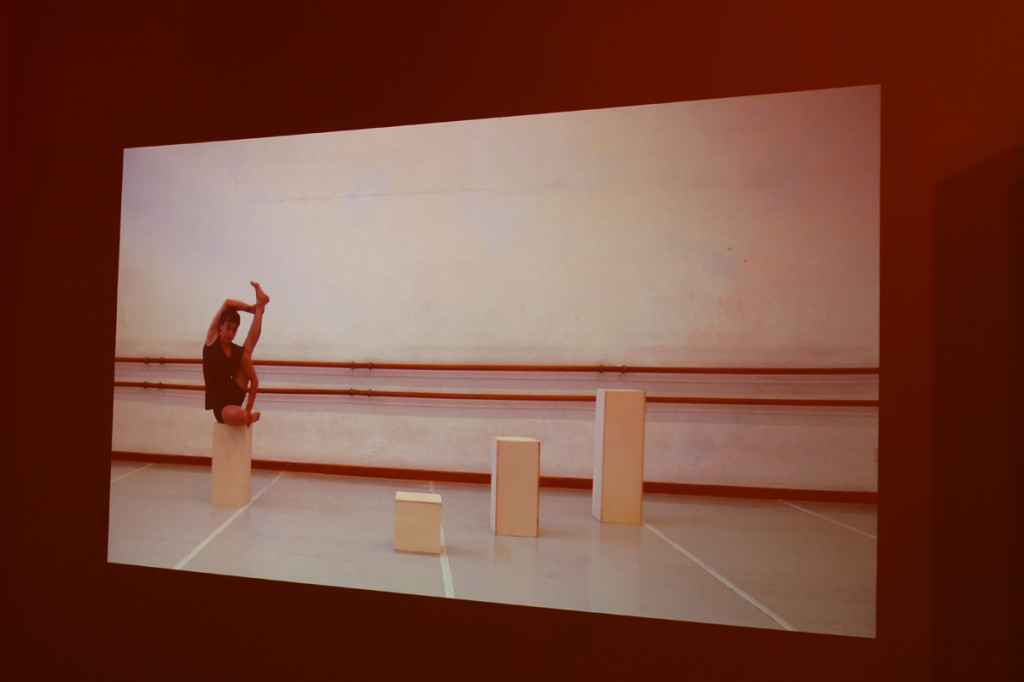
A visit to the Hendrik C. Andersen House Museum in Rome means experiencing the work of this Norwegian painter and sculptor as well as taking a walk through the story of a family – the family that lived with him in his home studio. It means taking part of an intimate household and going back in time to discover a tiny glimpse of the history of art within the heart of Rome.
The collection at the museum consists of about 700 works including plaster and bronze sculptures, paintings and graphic works. Many of these are part of the World City project, the utopian idea of a modern city of arts and science promoted by Andersen in his published volume «Creation of a World Center of Communication».

The «Sintattica. Claudioadami / Luigi Battisti / Pasquale Polidori» exhibit is presented as expression of communication, memory and intimate home life. Curated by Francesca Gallo with the sponsorship of the Humanities and Philosophy Department of Rome’s La Sapienza University, the exhibition is being hosted at the Andersen Museum until 11 October 2015. The site-specific works (some of which are multimedia) of three artists are on display in a direct exchange with the rooms of this house-museum and especially with the story of the lives of those who once lived there.

Claudio Adami’s installation Qual è la parola (What is the word) is exhibited in Andersen’s ground floor studio alongside his many monumental preparatory plaster models for the World City of Communication. The installation was named for Samuel Beckett’s last poem which opens with “Folly-folly for to-for to-what is the word…”The syncopated work by the Irish poet is projected onto the wall word by word: isolated, haphazard and incoherent. This is the only way to concentrate on every single grammatical element – invasive in real space and volatile on a conceptual level. The ultimate message of the text appears even more dispelled, the writing is reduced to a graphic element. We can discern the shape but the syntactic associations are lost.
The same room hosts Luigi Battisti’s Bozzolo (Cocoon). A pillar of the museum is wrapped tightly in a large entanglement of red woollen threads. The general harmony of the room’s colour – practically white, due to the walls and all the plaster works on display – is disrupted by the bright red of this instalment. The thread represents choking and interruption although it is like a promise of new life, described by the artists himself as “…the pregnancy of the pillar” (1). The nature of thread is also one of attachment, connecting architectural and sculptural elements.

The work by Pasquale Polidori in the large hall on the ground floor is alienating and poetic. Didascalie dell’utopia e della vita (2 cantate) (Captions for utopia and life – 2 sung) is a sound installation that animates the busts of Olivia Cushing and Henry James, sister-in-law and friend of Andersen respectively, with two pieces composed in collaboration with composer Riccardo Samaritani. The sung text is one of the captions accompanying the two sculptures. The result of the work is experimental and unpredictable as it solidly interweaves the lives of those who experienced the rooms of this house with music, visual art and a reflection upon historical-artistic expression. On one end we see a detachment from the field of museology or, more specifically, a new interpretation of it while on the other we see a new and unexpected ensemble between work, place and word.

Polidori’s reflection upon the communicative aspects of words continues on the upper floor with the Forma Manifesta. Giosuè Carducci (Manifest Form. Giosuè Carducci) project. Once again, he adopts technological means to project an HD video of an acrobat who recites Carducci’s poetry while keeping in balance on a pedestal with other acrobats. The recitation is interrupted by a series of words – as is the breath of the gymnast. The effort for this performance is the same as that of its spectators who patiently watch and wait for the verbal elements needed to retrieve the sense of a famous poem. This project includes several works: the series of plotter prints on paper where acrobatic figures have become graphic designs; the 9 books by Carducci which have been cut up and framed, a concrete reminder of the cut in the continuity of the text that had just been recited.
Sintattica is communication, dialogue, review, philological passion and conceptual estrangement. The technological medium steps in to do its part in mixing up the expressive idioms, expanding the relationships between works belonging to different backgrounds and revealing further connective possibilities. The exhibition is a reflection upon space, time, pauses, stories, the absence of what has been lost and the memory if what is left.
(1) Sintattica. Claudioadami / Luigi Battisti / Pasquale Polidori. Opere in mostra nelle parole degli autori (Works on exhibit in the words of the authors). Text available at the exhibit.
SINTATTICA. Luigi Battisti / Claudioadami / Pasquale Polidori, a cura di Francesca Gallo, 28.05 – 11.10.2015, Museo Hendrik Christian Andersen, Rome
images (cover 1 ) Claudio Adami, Qual è la parola, 2015, programme developed for the rasberry board, projection (photo by Lavinia Della Bruna). (2) Claudio Adami, Pagine di nero, 2014, indian ink, variabile dimensions (photo Srdja Mirkovic). (3) Luigi Battisi, Regola, 2015, color pencils on paper, tryptic, cm 75×105 each, photo by Srdja Mirkovic) (4) Luigi Battisti, Ninfee, 2014, watercolor on paper, variabile dimensions, cm 75×105 each, photo by Srdja Mirkovic). (5) Pasquale Polidori, Fracta (Forma Manifesta: Carducci), 2015, plotter print on paper, 3 elements, cm 100×400 each, photo by Lavinia Della Bruna (6) Pasquale Polidori, Forma Manifesta: Giosuè Carducci, Rime nuove, 2014-15, video HD, first part 19’44’’, second part 12’27’’ (foto Tommaso Zijno).







































